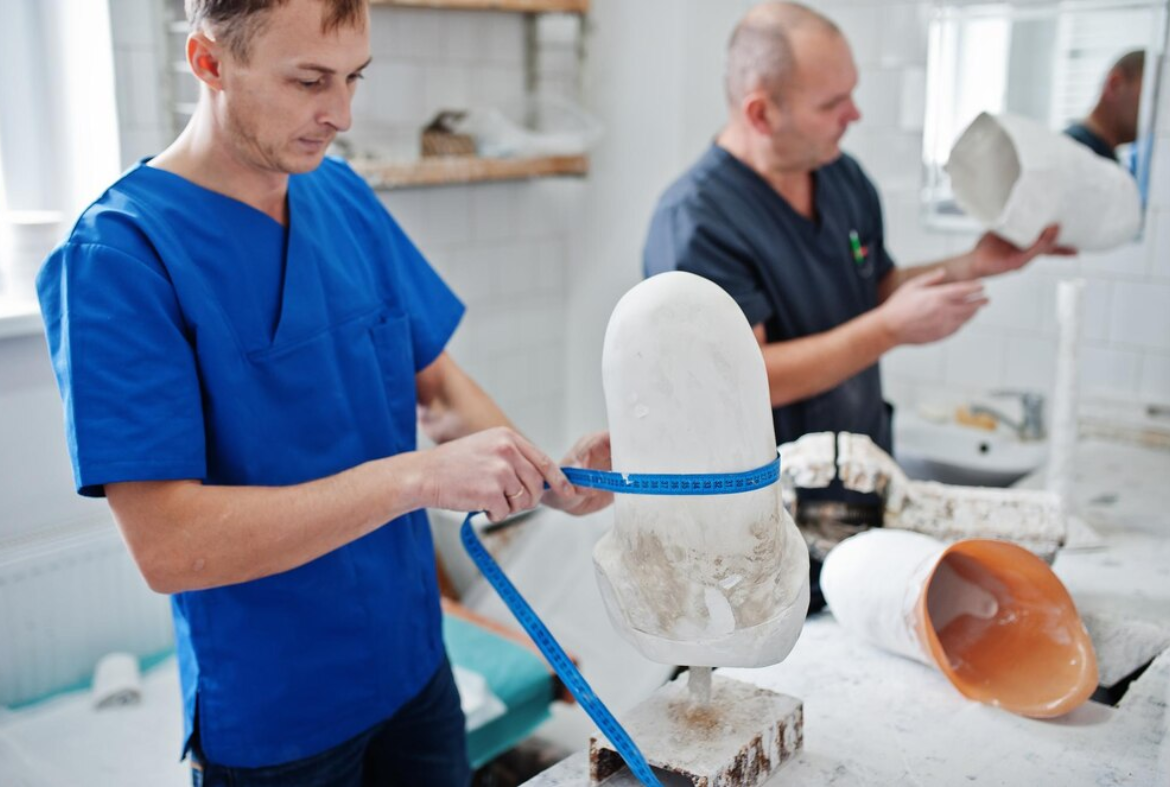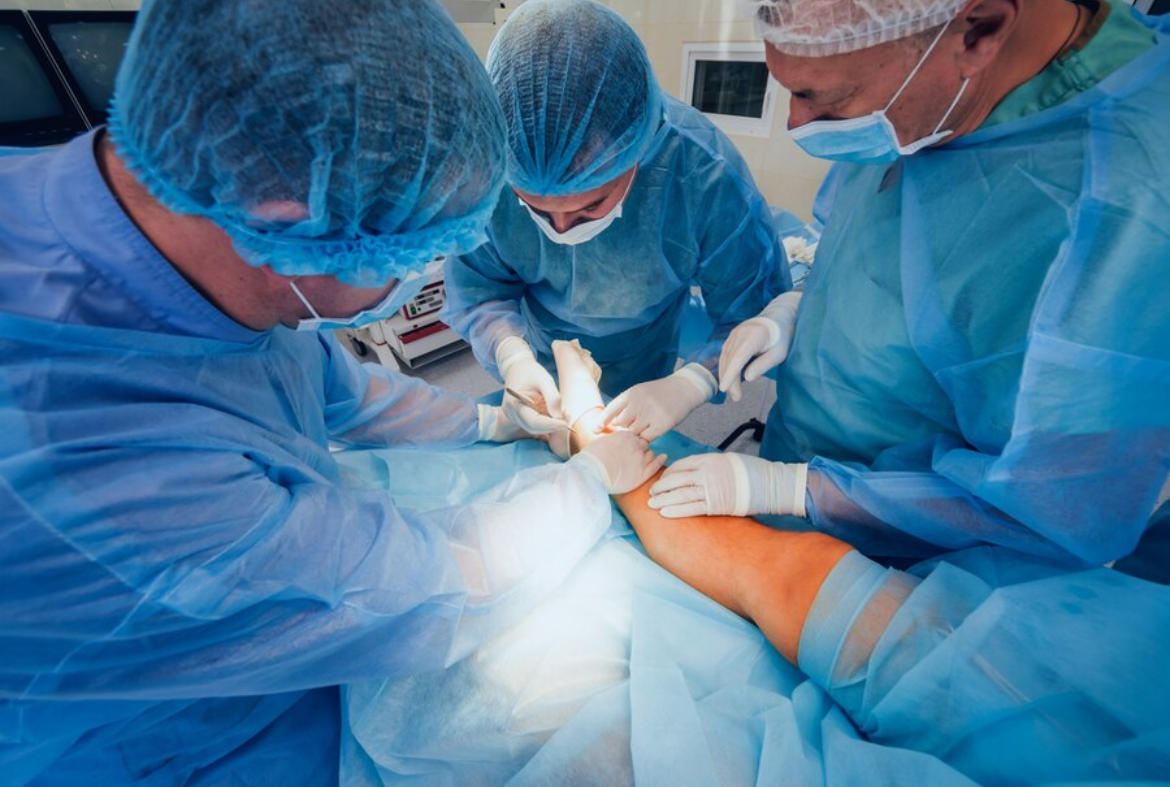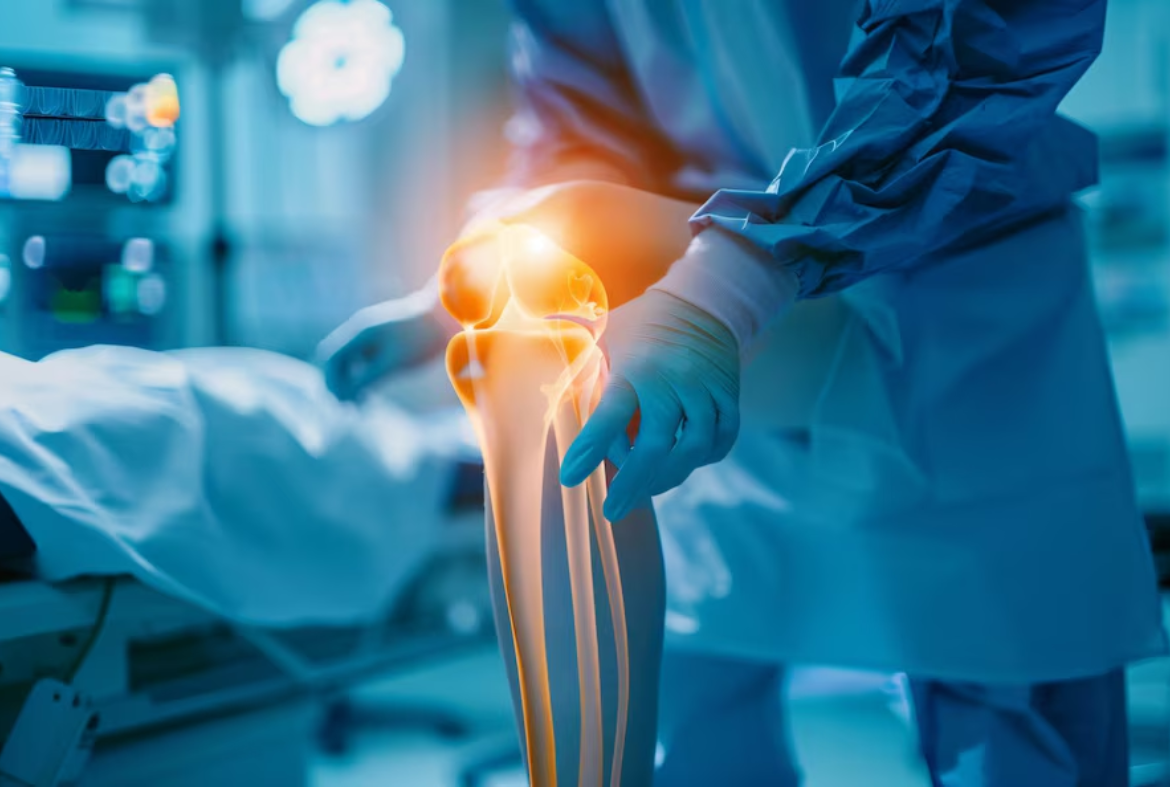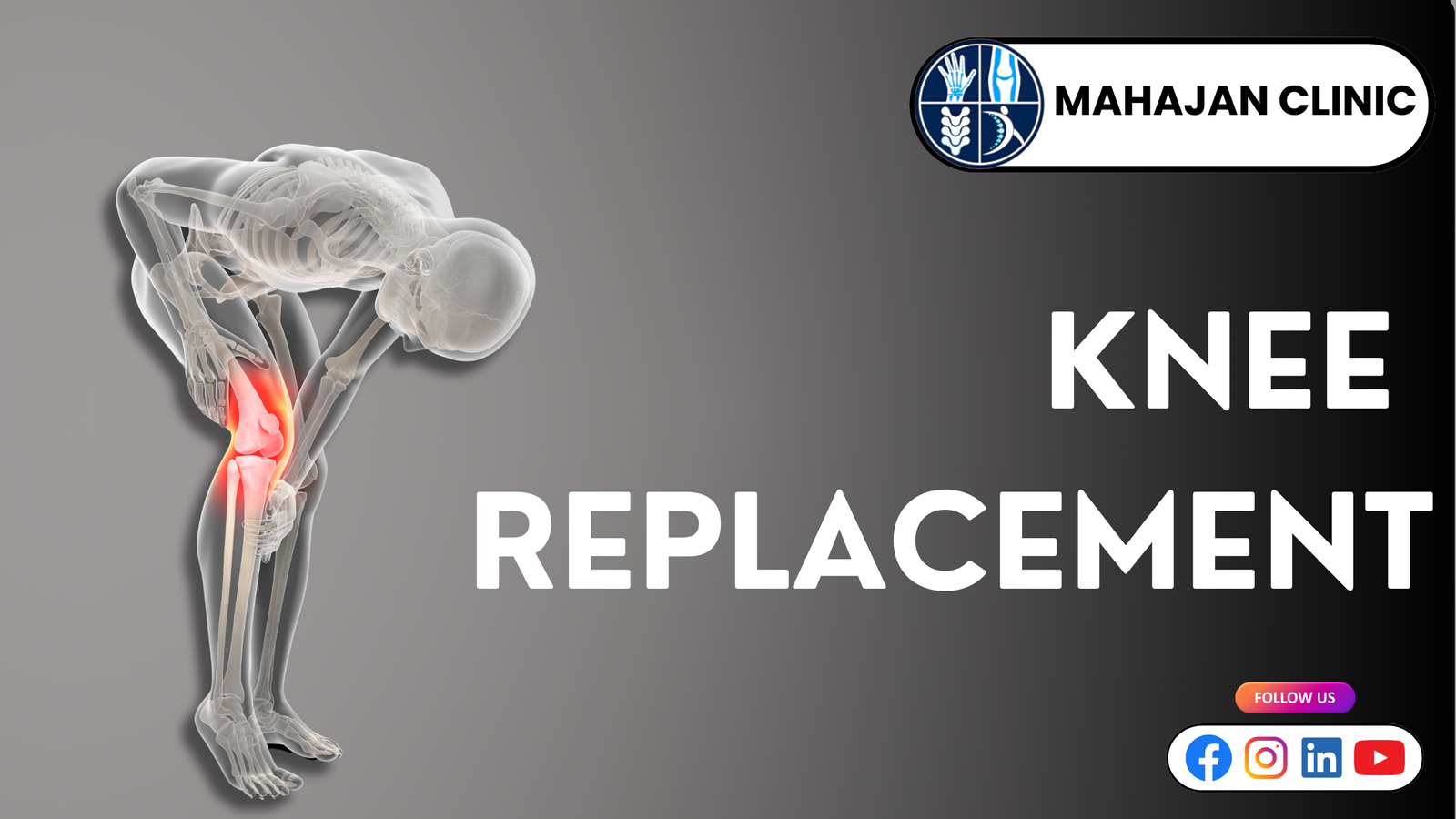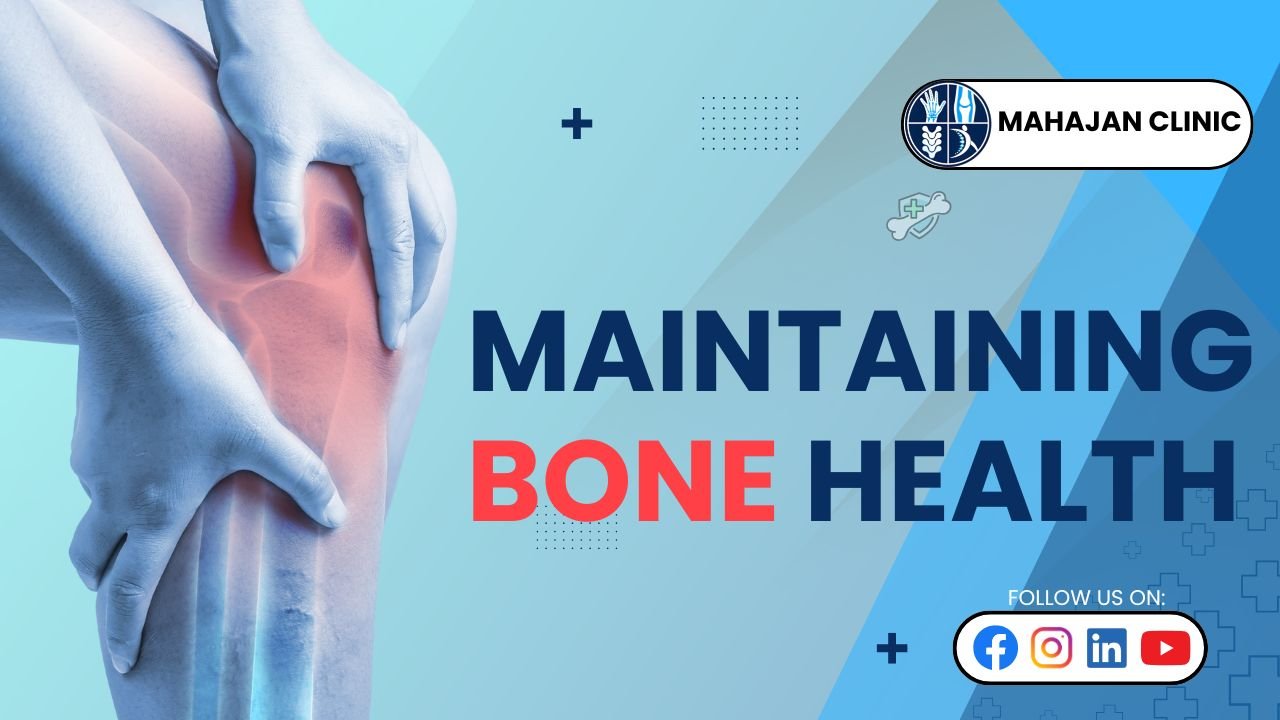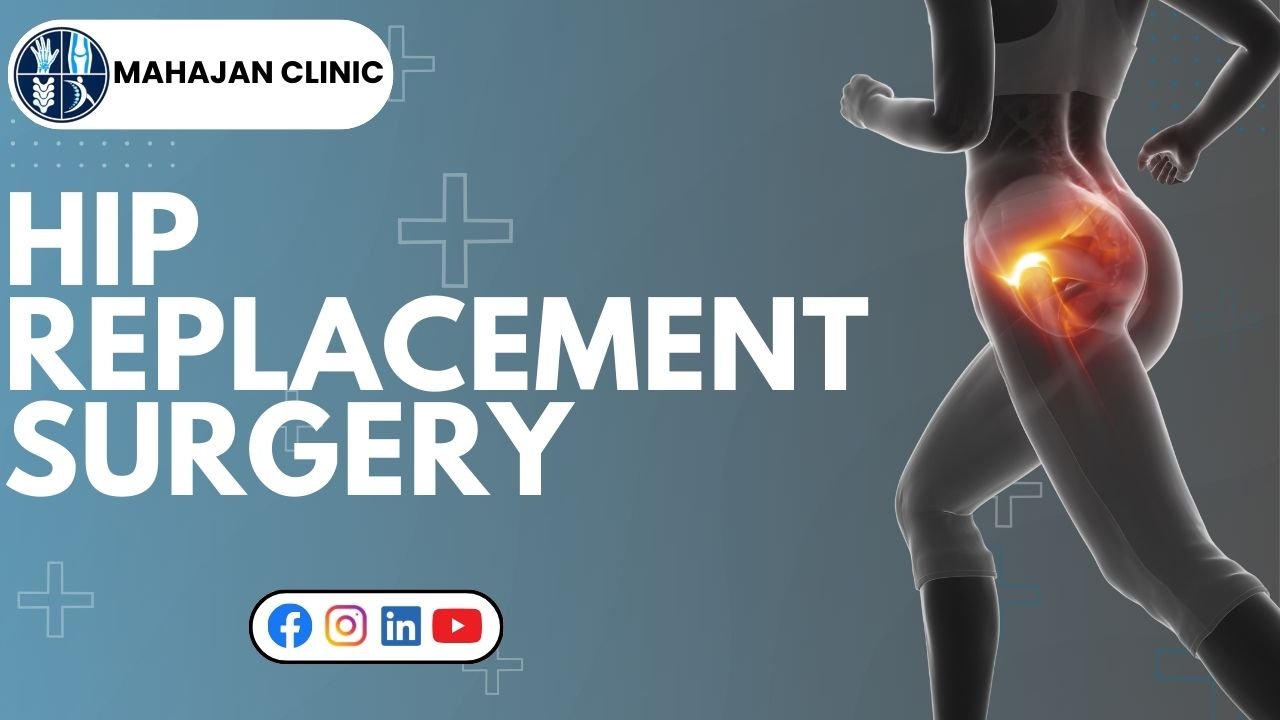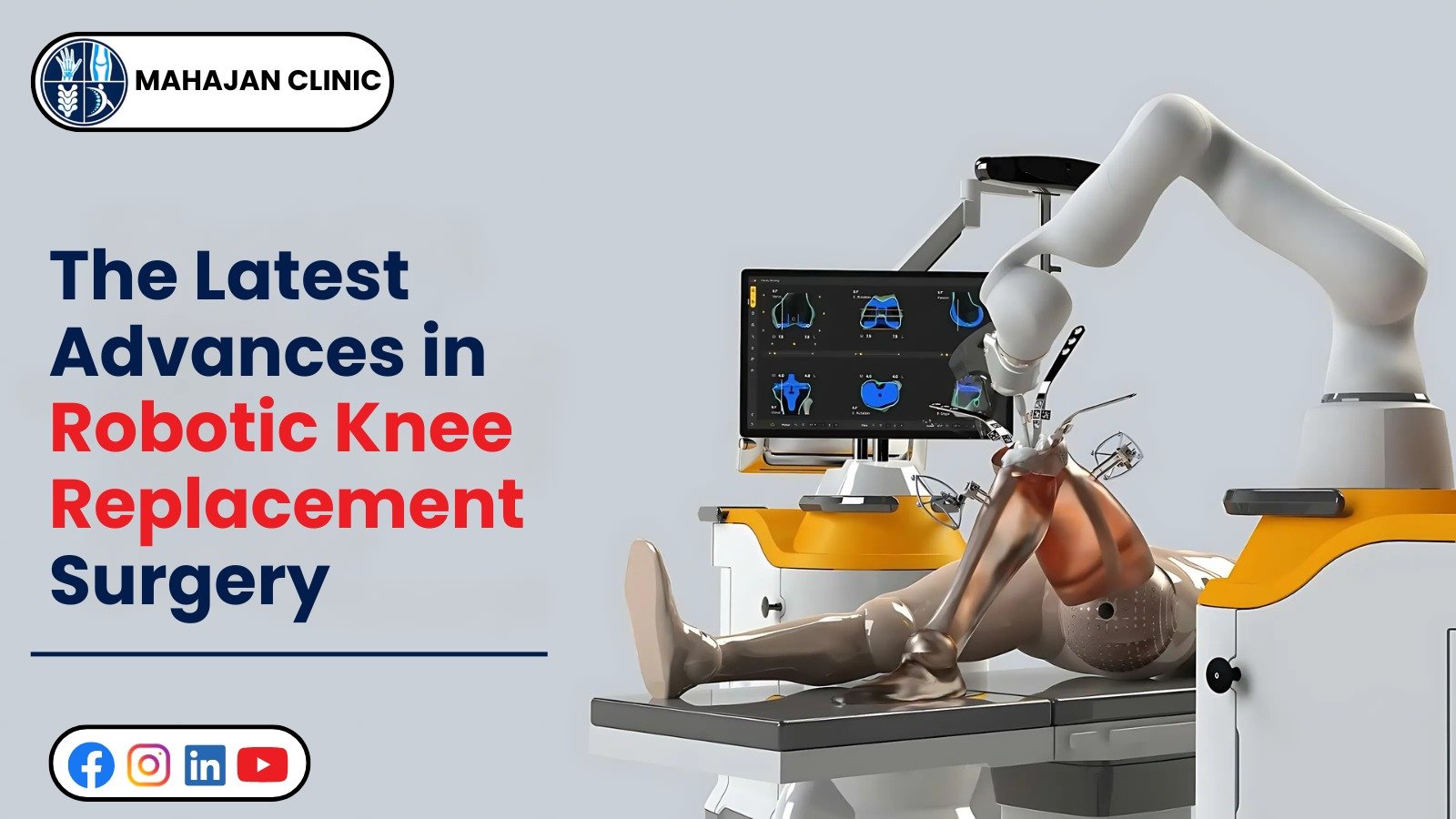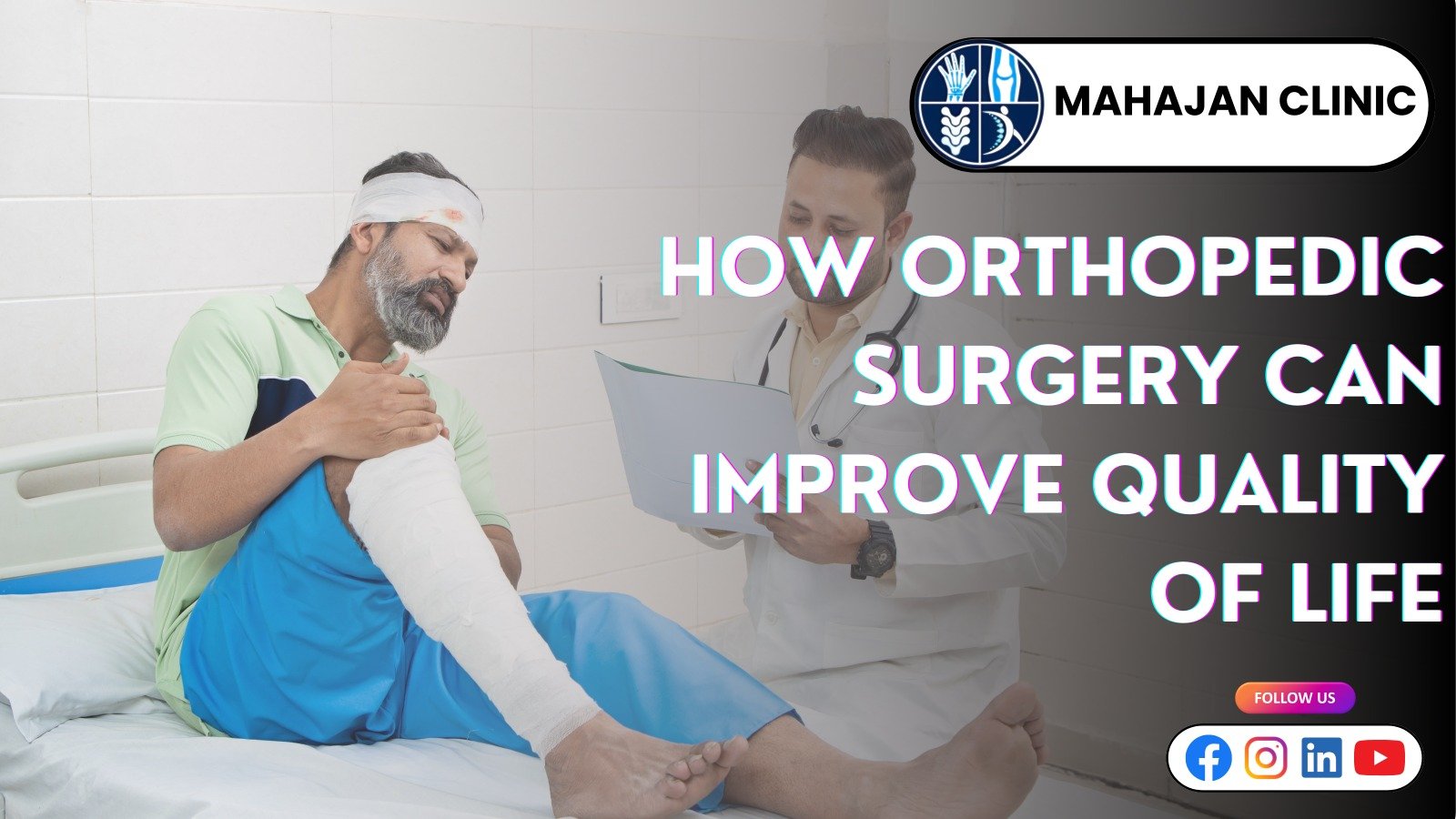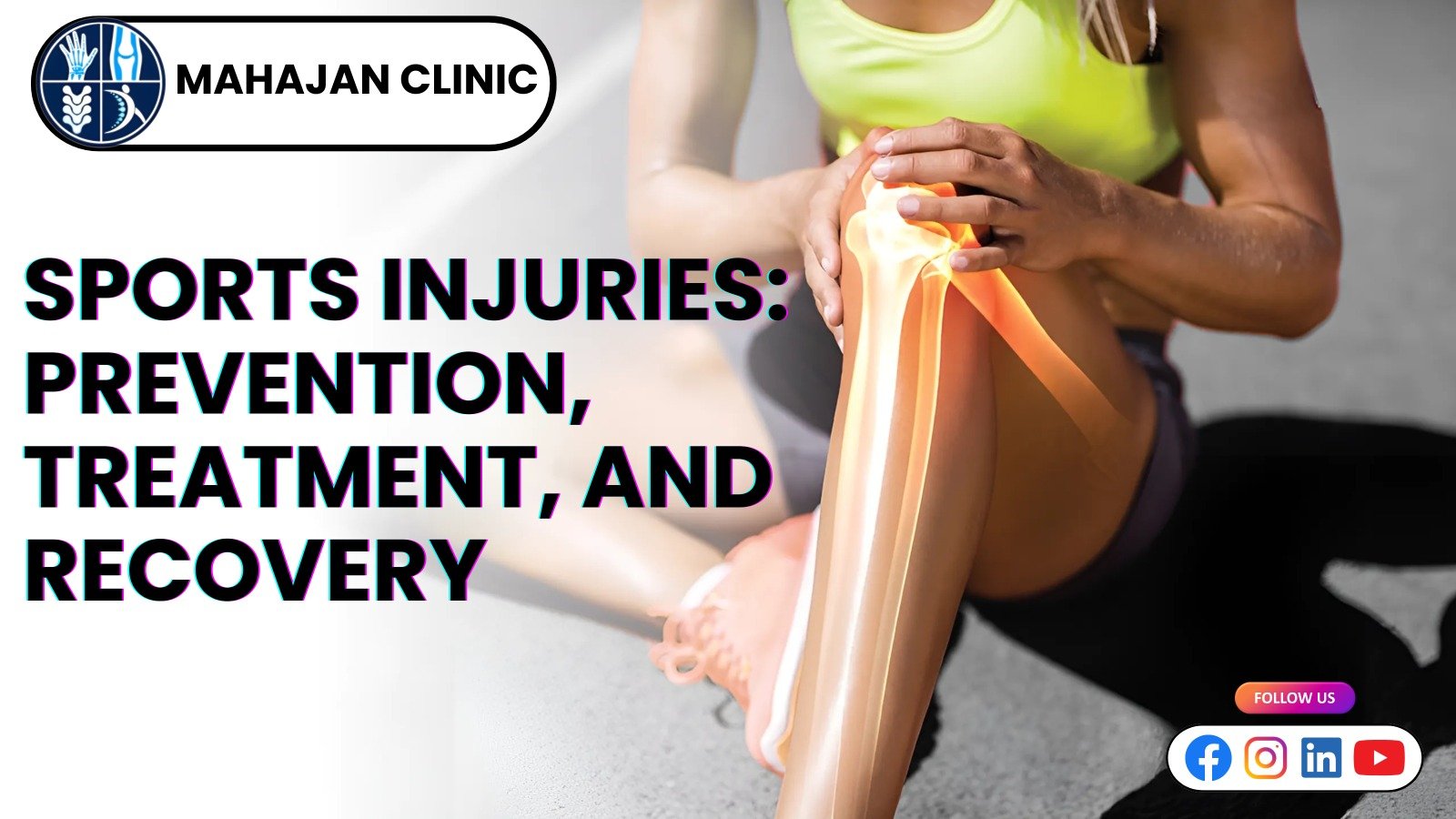Blog Details
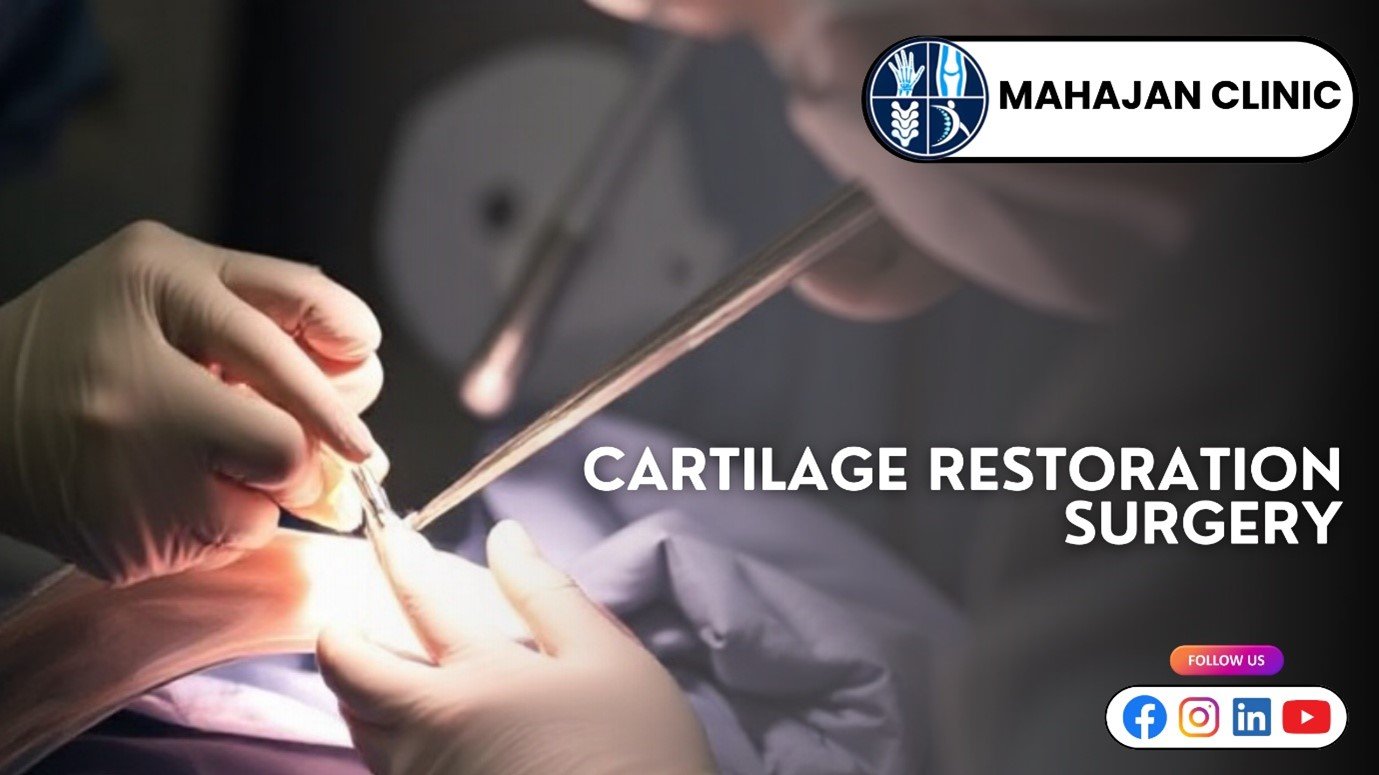
Cartilage Restoration Surgery: Saving Your Joints Naturally
When it comes to joint health, Dr. Rakesh Mahajan at Mahajan Clinic frequently highlights the idea that prevention is preferable to treatment, but occasionally, even the best preventive measures are insufficient to halt the slow deterioration of cartilage. A key component of movement is cartilage, the rubbery, smooth tissue that surrounds the ends of bones in joints. As we run, walk, or go about our daily lives, it serves as a cushion, lowering friction and absorbing shock. Osteoarthritis, decreased mobility, and chronic pain can result from damage to this important tissue. Thankfully, medical science advancements now provide hope through surgery for cartilage restoration, a procedure intended to repair or regenerate damaged cartilage, enabling patients to move painlessly and regain function.
Understanding Cartilage and Its Importance
Unlike the majority of bodily tissues, cartilage does not have its own blood supply, which makes it special. Because of this restricted blood flow, cartilage has a very low capacity for natural healing after damage. The health of cartilage can be jeopardized by sports injuries, accidents, or normal aging. Simple movements may become painful as a result of degenerative joint conditions over time. Furthermore, cartilage damage is frequently progressive; even small tears can worsen and result in inflammation, joint abnormalities, and bone-on-bone contact.
Long-term joint function depends on maintaining healthy cartilage. Weight loss, strength training, and low-impact exercises are examples of lifestyle modifications that can preserve cartilage, but when damage is severe, some patients need more involved treatments. This is where surgery for cartilage restoration comes into play.
Types of Cartilage Restoration Surgery
There is no one-size-fits-all approach to cartilage restoration surgery. The kind, extent, and location of the cartilage defect determine the course of treatment. The following are a few of the most often carried out procedures:
- Microfracture Surgery: One of the most popular methods for fixing minor cartilage flaws is microfracture. Tiny holes are made in the bone beneath the damaged cartilage during the procedure. This causes the bone marrow to release stem cells, which grow into new tissue that resembles cartilage. This new tissue can greatly enhance joint function and lessen pain, despite not being exactly like the original cartilage.
- Autologous Chondrocyte Implantation (ACI): The patient's own cartilage cells are used in the two-step ACI procedure. First, a portion of the joint that does not bear weight is used to harvest healthy cartilage. To multiply these cells, they are subsequently cultivated in a laboratory. The enlarged cells are inserted into the injured area during a second procedure. Long-term advantages can be obtained by using this method to create cartilage tissue that is more like its natural structure.
- Osteochondral Autograft Transfer (OAT): This technique, also known as mosaicplasty, entails transplanting tiny plugs of bone and cartilage from a healthy joint area into the injured area. It has the benefit of directly introducing mature, healthy cartilage into the damaged area, making it especially effective for treating small to medium-sized knee defects.
- Osteochondral Allograft Transplantation: Larger cartilage defects may be treated with cadaveric donor cartilage. This method is known as an allograft transplant. Patients with severe cartilage loss who are not good candidates for other cartilage repair procedures can use it.
Who Can Benefit from Cartilage Restoration Surgery?
Not everyone is a good candidate for cartilage restoration. Younger patients or those with localized cartilage damage as opposed to widespread arthritis are usually the best candidates. Joint replacement surgery may be more beneficial for people with advanced degenerative joint disease. Additionally, patients should be in good general health and have reasonable expectations for their recuperation.
The following are indicators that you might benefit from cartilage restoration:
- Persistent joint pain during or after activity
- Swelling or stiffness in the joint
- A history of trauma or sports-related injury
- Difficulty performing daily tasks such as climbing stairs or standing for long periods
Recovery and Rehabilitation
Recovery from surgery for cartilage restoration varies based on the procedure and the general health of the patient. A vital part of the rehabilitation process is physical therapy. While strengthening exercises help restore joint stability, early mobilization helps avoid stiffness and encourages proper alignment.
For instance, patients may need to restrict their weight-bearing activities for a few weeks following microfracture surgery in order to give the newly formed tissue time to mature. Similar to this, patients with ACI frequently go through a structured rehabilitation program for a few months before progressively moving on to more demanding and full weight-bearing activities.
Patient compliance is crucial to the outcome of cartilage restoration surgery. To guarantee the best results, it is essential to adhere to the surgeon's post-operative instructions, eat a healthy diet, and refrain from high-impact activities as soon as possible.
Advantages of Cartilage Restoration Surgery
Cartilage restoration aims to preserve the natural joint, as opposed to joint replacement, which replaces the damaged joint with artificial components. Among the main advantages are:
- Natural joint preservation: Restores native tissue rather than replacing it.
- Pain reduction: Improves comfort during daily activities and sports.
- Enhanced mobility: Helps patients regain range of motion and strength.
- Delays or prevents joint replacement: Effective restoration can postpone the need for artificial joints.
Risks and Considerations
There are risks associated with cartilage restoration, just like with any surgical procedure. Blood clots, infection, graft failure, or insufficient healing are examples of complications. These risks are considerably decreased by selecting a skilled surgeon and adhering to a thorough rehabilitation program.
Advances in Cartilage Restoration
New avenues for cartilage restoration are being made possible by regenerative medicine research. Methods utilizing tissue engineering, platelet-rich plasma (PRP), and stem cells are demonstrating encouraging outcomes. By enhancing the regenerated cartilage's quality and durability, these methods hope to provide patients with more dependable long-term results.
The accuracy of cartilage surgery is also being revolutionized by emerging technologies like patient-specific implants and 3D imaging. Surgeons can improve joint function and graft placement by tailoring treatment to the patient's anatomy, which will speed up recovery and improve long-term results.
Lifestyle Measures to Support Cartilage Health
Maintaining healthy cartilage even after surgery necessitates consideration of lifestyle factors:
- Exercise regularly: The muscles surrounding the joint are strengthened by low-impact exercises like yoga, cycling, and swimming.
- Maintain a healthy weight: The cartilage is shielded from additional harm by lowering joint stress.
- Eat a nutrient-rich diet: Tissue health is supported by foods high in collagen, omega-3 fatty acids, and vitamins C and D.
- Avoid smoking and excessive alcohol: Both have the potential to worsen inflammation and hinder tissue healing.
Patients' joint longevity and general quality of life can be greatly increased by combining lifestyle optimization with surgical intervention.
Final Summary
Cartilage damage no longer has to signal the end of an active lifestyle. Surgery for cartilage restoration offers a means of maintaining your natural joints, reducing discomfort, and increasing your range of motion. For patients who might otherwise experience progressive joint degeneration, these procedures, whether they involve microfracture, ACI, or grafting techniques, offer genuine hope. In order to help patients regain function and resume their favourite activities, Dr. Rakesh Mahajan at Mahajan Clinic guarantees a customized approach for those seeking expert care. This is achieved by combining surgical precision with thorough post-operative rehabilitation. You can preserve your joints naturally and continue to move freely for many years to come with the correct surgical procedure and lifestyle decisions.
